Precision tapping sounds simple—but even small mistakes can cost you scrap parts, broken tools, and missed deadlines.
To solve common tapping problems, you need to control alignment, choose the correct tap and drill size, maintain lubrication, and manage chip removal effectively.
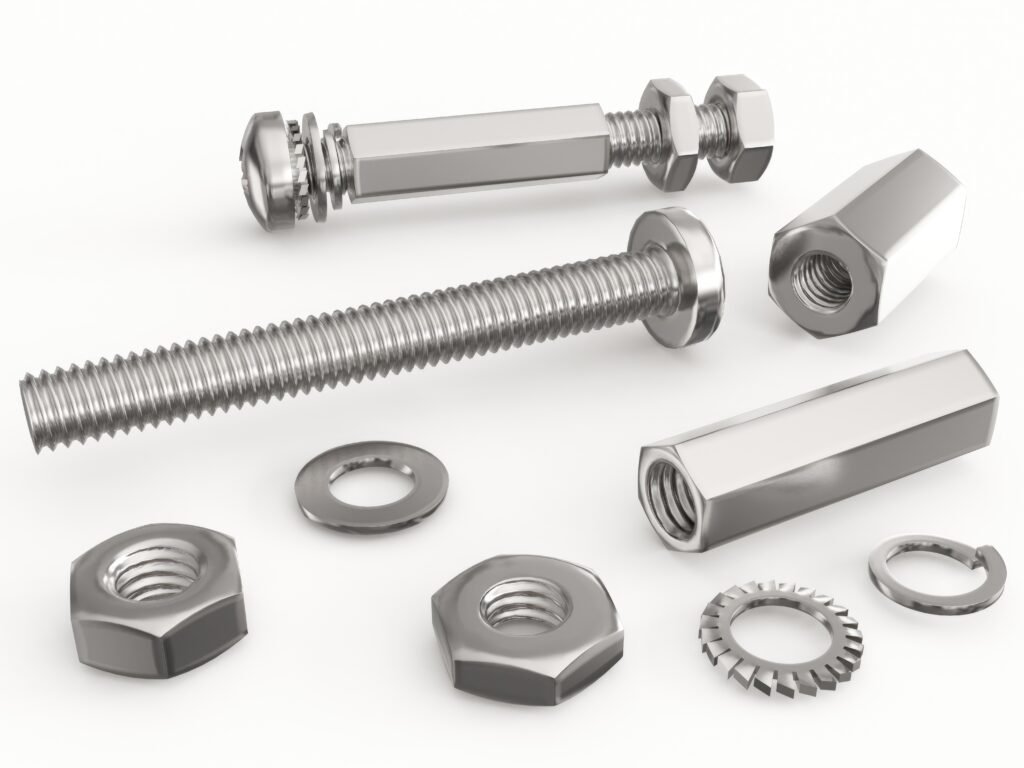
Tapping is one of those machining processes that looks easier than it is. Whether it’s a manual job or CNC-based operation, threading internal holes can fail in many ways. That’s why I always work closely with my machinists and clients to understand their setup before we ship tapped parts. Mistakes here mean broken taps stuck in parts, poor thread quality, or worse, delayed production. Let’s walk through the most common issues I’ve seen—and how we solve them.
What precautions should be taken during threading and tapping?
Threading problems usually show up after it’s too late. That’s why taking the right steps beforehand is the key to getting clean threads every time.
Before tapping, ensure proper hole size, tool alignment, lubrication, and chip evacuation to avoid tap breakage and poor thread quality.
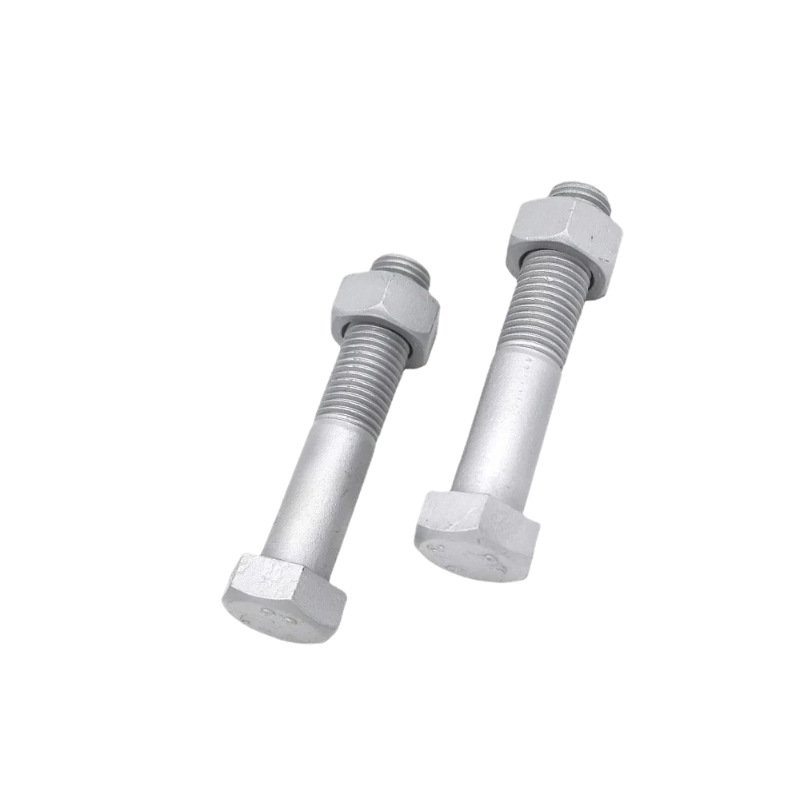
Threading is not just cutting threads. It’s about cutting threads in a very tight space, with the right amount of pressure and tool movement. One mistake in setup, and you risk breaking the tap. So how do I prepare for it? I check four things: 1) the pre-drill size, 2) the tool holder alignment, 3) lubrication type, and 4) chip removal strategy. These sound basic, but in real production, missing even one can cause serious delays.
Key Precautions Before Tapping
| Precaution | Why It Matters | What I Recommend |
|---|---|---|
| Correct Drill Size | Too small = tap breaks; too big = weak thread | Use tap drill charts; never guess |
| Tool Alignment | Misalignment leads to tap deflection | Use a floating tap holder in CNC |
| Lubrication | Reduces heat and tool wear | Use tapping oils or MQL for deep holes |
| Chip Evacuation | Chips can jam the tap | Use spiral taps or reverse cycle |
Each job is different, and depending on material and thread depth, I adjust the method. For example, for stainless steel, I avoid bottoming taps in blind holes unless absolutely necessary—it's too risky. Instead, I try forming taps or adjust thread depth tolerances when possible.
What are the safety precautions when tapping?
Tapping may seem like a small operation, but tool breakage or part ejection can injure operators and damage machines.
Always wear protective gear, secure the workpiece, avoid hand-tapping when unnecessary, and stop the machine immediately if you hear or feel unusual resistance.
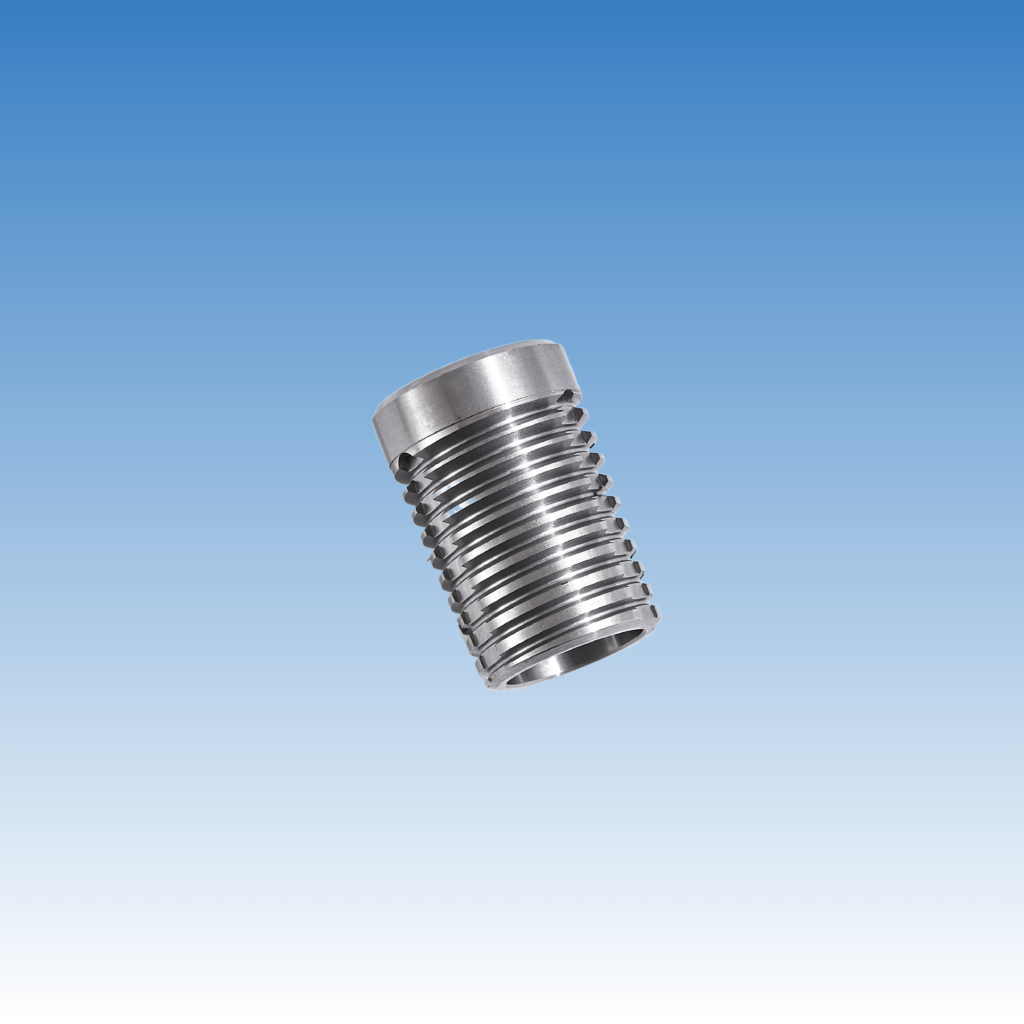
Safety in tapping is often overlooked, especially in small shops or during secondary operations. I’ve seen operators hand-tap steel parts without goggles or gloves—until one of them had a broken tap kickback into their palm. That’s a wake-up call no one forgets. Here’s how we prevent that from happening again.
Tapping Safety Guidelines
| Safety Step | Purpose | My Best Practices |
|---|---|---|
| PPE (goggles/gloves) | Protects from broken chips or tools | Mandatory for all tapping operations |
| Secure Workholding | Prevents spinning or ejection | Use vises or clamps even for small parts |
| Machine Monitoring | Detects abnormal loads | CNC tapping with torque limit control |
| Tool Condition Check | Prevents unexpected tool breakage | Replace taps before they dull or chip |
Tapping is a high-force operation. A blind hole with a dull tap is like forcing a screw into a dead end—you’ll snap something. We also train our staff to listen to the sound during tapping. A sudden pitch change or vibration usually means the tap is under stress. That’s the time to stop, not push through.
How do you calculate the correct drill size for tapping?
Choosing the wrong drill size ruins threads and breaks taps. There’s a simple formula that helps get it right.
To calculate tap drill size, subtract the thread pitch from the major diameter of the thread. For metric threads: Drill Size = Major Diameter - Pitch.
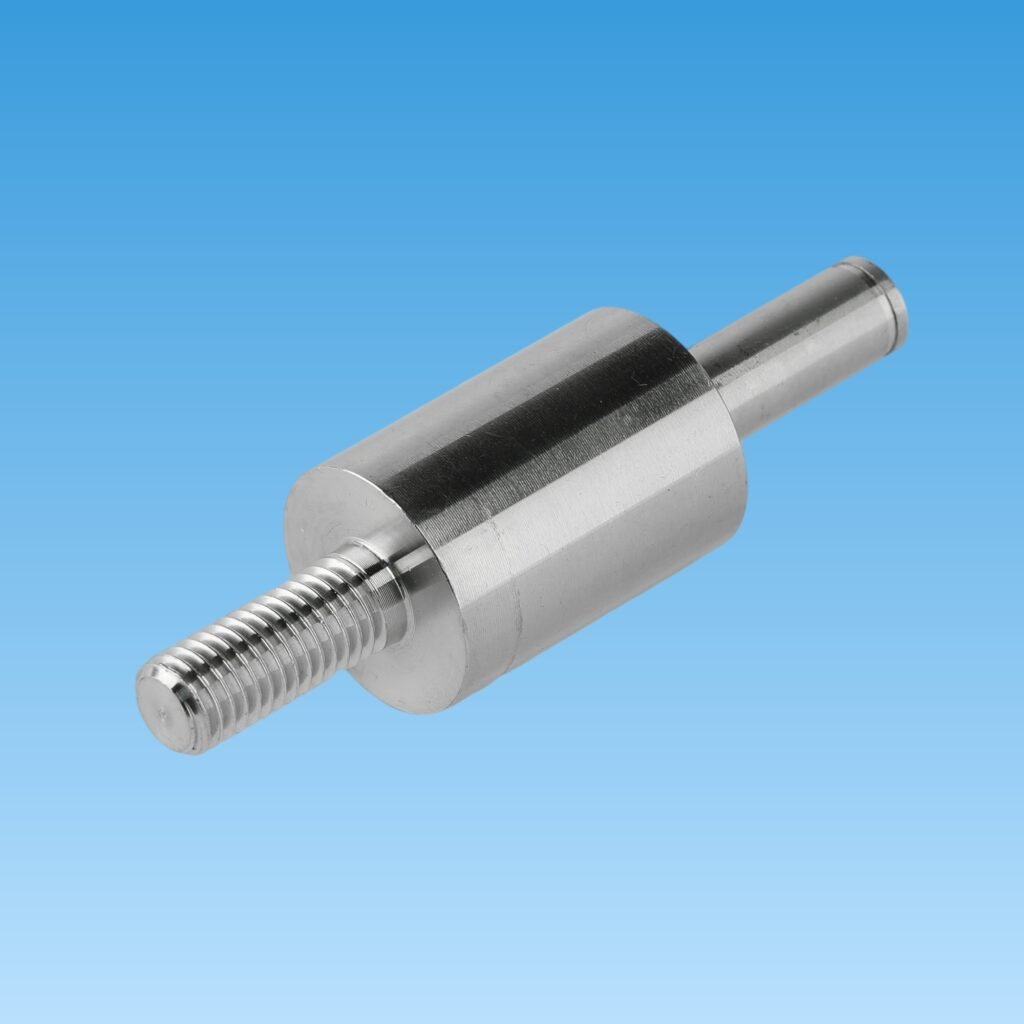
I don’t rely on memory when choosing drill sizes. I use the formula, and then double-check it with a tap drill chart. This is especially important for clients like Oliver, who demand perfect threads for precision assemblies. One oversized hole, and the whole batch could be rejected.
Tap Drill Calculation Examples
| Thread Type | Example Thread | Pitch | Major Dia. (mm) | Tap Drill (mm) |
|---|---|---|---|---|
| Metric | M10 x 1.5 | 1.5mm | 10.0mm | 8.5mm |
| Inch | 1/4"-20 UNC | 20 TPI | 0.250 in | ~0.213 in |
For softer materials like aluminum, I go slightly smaller to improve thread holding. But for harder metals, I may go slightly larger to reduce tap load. There’s no one-size-fits-all. I always balance between thread strength and tap life.
What are the 3 main types of taps used to make threads?
Choosing the wrong tap type can cause poor threads, tool wear, and broken parts.
The three main taps are taper taps, plug taps, and bottoming taps. Each has a different lead-in angle and use case.
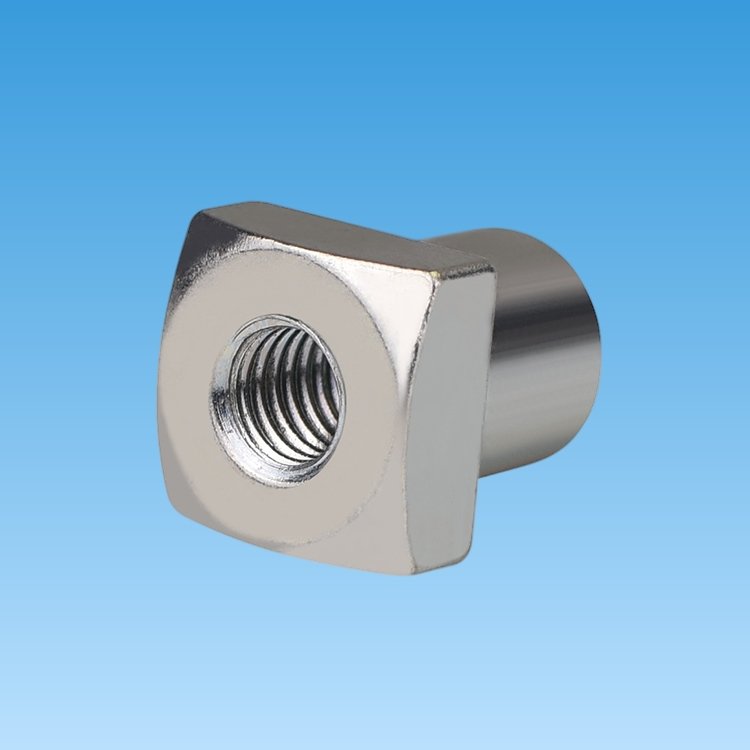
I used to think a tap was a tap—until we started getting requests for blind holes with full-depth threads. That’s when I learned the importance of tap type. Now, I keep at least three in stock for different jobs. Here’s how I decide which one to use.
Comparison of Tap Types
| Tap Type | Lead Threads | Best For | My Usage Example |
|---|---|---|---|
| Taper Tap | 7–10 | Starting threads in through holes | First tap in soft metals like brass |
| Plug Tap | 3–5 | General-purpose tapping | Most CNC applications, both through/blind |
| Bottoming Tap | 1–2 | Blind holes, max thread depth | Finishing bottom holes in precision parts |
For CNC tapping, I prefer plug taps. They give a balance between lead and depth. But when the thread needs to go all the way to the bottom, only a bottoming tap will do. And for hand-tapping jobs, I always start with a taper tap—it helps align and reduce start force.
Conclusion
Precision tapping needs preparation, the right tools, and safety awareness to avoid costly mistakes and get clean, accurate threads every time.


